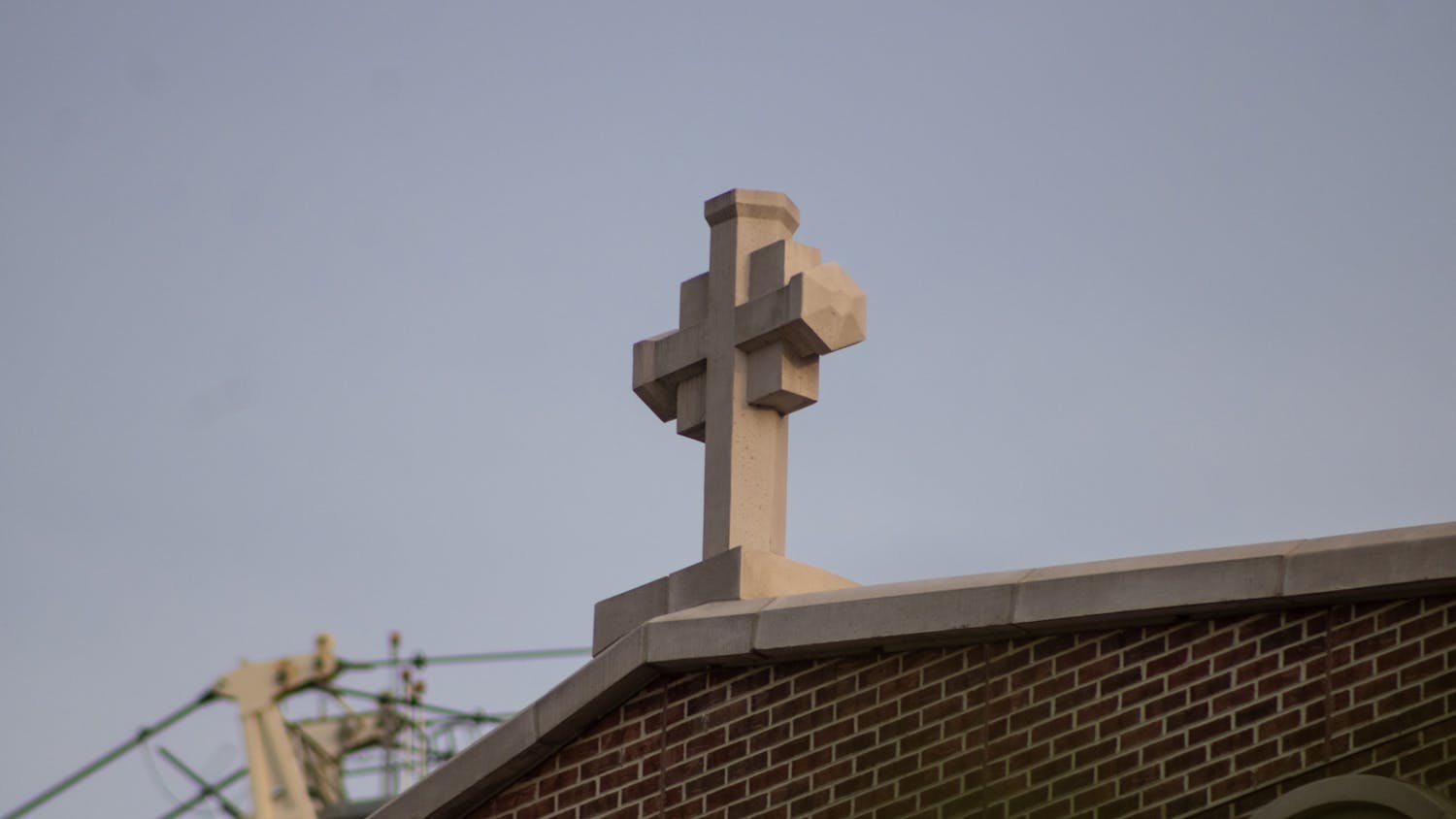The University of Wisconsin dance program is a stellar combination of hard-working, dedicated students and faculty who are practicing artists as well as mentors. In a program that is often overlooked at the university, these students bring vibrant and creative ideas to life by way of movement on the stage.
The dance program features a variety of courses for both majors and non-majors. From African to ballet to ballroom, the program is a unique opportunity for those who wish to try a new form of learning. For senior Darcy Cochrane, dance is a way to \learn by movement, rather than by always sitting in a lecture hall. You become closer to the people you work with and get to interact more.""
Dance majors spend most of their time at Lathrop Hall, a historic building that many students walk past each day without realizing its contents. It is home to performance spaces and dance studios frequented by those who wish to improve and showcase their skills, and is usually filled with dedicated performers late into the night.
""Dancers are no different than athletes,"" said Doreen Holmgren, university relations specialist for the program. ""People don't consider the amount of time, training and rehearsal involved, and the good physical condition they must maintain.""
An excellent example of the hard work and accomplishments of these students is the Spring Student Concert being performed this weekend. It is the culmination of the studies of many seniors and showcases their modern dance choreography and performances. The show incorporates many types of art, from music to cinematography as well as dance. Concert Coordinator Li Chiao-Ping said, ""It's exciting to see them collaborate with other art forms and departments."" She also said this was an amazing opportunity for students to put on their own production. ""This is the best you can hope for in the professional world.""
For anyone who has never experienced modern dance, it can be intimidating at first, but the show proves itself worth the time to experience something completely new and different.
""People feel the first time they see modern dance they have to understand it, but it's OK not to understand it. You should be open to your own interpretations,"" senior Amy Ward said.
The Spring Student Concert is a special performance because it is not an assignment but taken extremely seriously, according to seniors Emily Plotkin and Kelly Radermacher. The faculty mentors are there for guidance, but there is a lot of freedom and the students utilize their own extra time to put on this show.
""It's very personally and emotionally taxing, but satisfying in the end,"" Plotkin said.
The show consists of eight separate pieces, all communicating something very personal for the individual choreographers. In ""Interlude #2 (Fearscape),"" a table is creatively incorporated to produce the feeling of a cage that a woman is not able to escape from. Through repetitive and frustrating movements, it becomes evident that the woman is not able to make her body do what she wants it to; her body has complete control over her actions. Ward describes her piece as exploring the struggle of a woman consumed by addiction and she adeptly conveys those images through her performance.
A performance that is less obviously symbolic is ""Tripolarity,"" choreographed by Jordan Buck. This piece combines thumping music with a more athletic dance style for an exciting and perhaps more traditional experience for those new to modern dance. While the movement and exploration of the relationships between the dancers is extremely experimental, those that prefer further visual stimulation and thrilling movements may enjoy this performance more than some of the other thought-provoking pieces.
Overall, the Spring Student Concert is an excellent way to experience and enjoy modern dance. ""This performance is a good example of where contemporary dance it going,"" said senior Joana DaCosta. ""The dancers have created their own vocabulary of movements.\





